|
No where else in Spain is the influence of the country’s diverse history and converging cultures so apparent than in Andalucia. It’s a region many think of as traditionally Spanish, from Flamenco to bullfights, tapas to a vibrant late night culture. Around every corner, the combination of Moorish architecture with traditional Spanish buildings and plazas creates a unique sense of place. When you’re in Andalucia, you know it. Located in the southern part of the peninsula, Andalucia is the most populous autonomous community in Spain. The name, Andalucia, is derived from the Arabic word Al-Andalus and dates back to 716, just after the Moors took over Spain by defeating the Visigoths. Historically an agricultural region, it’s home to some of the best olive oil in the world. It’s also the hottest region in Europe, with average summertime highs of 97 °F in Sevilla and Cordoba. No wonder Andalucians are known for their siestas. We come here in the summer, so as we mention, it’s hot. Near the Portuguese border and just north of the Golfo de Cadiz, Sevilla is an elegant city that feels like an amalgamation of Spanish stereotypes. We arrive in the late afternoon, check in to our apartment in the Triana neighborhood along the west bank of the Guadalquivir River, and quickly get ready for a small-group Flamenco, food, and wine tour. While strolling across the Puente de San Telmo, we learn about the historical significance of the Torre del Oro before finding ourselves at the Teatro Flamenco Triana, one of the city's most respected venues for traditional Flamenco. The performance is striking and unlike any other we've seen. It’s impossible to convey the depth of emotion and incredible range of expression that is traditional Flamenco. The rawness of the dancers, the skill of the guitarist, and the power of the singer combine to create something we’ve never seen before. It’s beautiful and emotional, and we fight to hold back tears as we walk out of the tablao. With our local guide Javi, we continue through the hip Triana neighborhood in search of some of the area’s best tapas. The next few hours are spent drinking and eating, discovering new favorite tapas and wines, different from what we’re used to in Valencia. It’s informative, delicious, boozy, and exceptionally fun. The next day, after a slow wake up thanks to a late night full of too much wine and beer, we visit the Royal Alcazar of Sevilla, a gorgeous and expansive palace with acres of gardens that take up a significant chunk of the city’s center. If not worth visiting for the sheer beauty and historical significance, the Alcazar also served as the location for a handful of scenes from Game of Thrones. Regardless of your reason for going, it's a must see. Afterwards, we indulge in a short siesta followed up by exploration and more tapas on one of the beautiful outdoor terraces of the quaint Santa Cruz district. Tomorrow we head off for Cordoba. Following the Guadalquivir northeast, the city of Cordoba is another jewel of Andalucia, set along a hairpin curve in the river. Early in the morning we head to La Mezquita, a massive mosque that dates back to the 8th century and is considered to be one of the greatest accomplishments of Moorish architecture. The building was converted to a church by the Spanish after the reconquista in 1236 and now offers a fascinating mix of architectural styles and religious history. It’s an incredible architectural accomplishment and we spend nearly an hour walking through the 856 columns and horseshoe arches, discovering intricate details in every corner. Stepping outside and just around the corner, the Alcázar de los Reyes Cristianos (Alcazar of the Christian Monarchs) and Puente Romano de Córdoba (Roman Bridge) offers a glimpse into the long and varied history of this city. After strolling across the bridge and wandering the Alcazar’s gardens, we stop by Bar Santos for what many consider to be the best Tortilla Española in all of Spain. Recommended by our good friend from Valencia, the tortilla here is unlike any other we’ve tried before. More than six inches tall, it looks more like a wheel of Parmigiano Reggiano than an egg and potato tapa. The ambiance of the bar is nothing special, but our friend is right, the tortilla is delicious - likely the best we’ve ever had. We stand at the counter and agree that this is a prime example of our favorite type of travel experiences - authentic, off the tourist track, and based on local recommendations. Road tripping through the region, we pass endless groves of olive trees and desolate, brown rolling hills before reaching Granada, at the foot of the Sierra Nevada. Winding up the narrow, cobblestone streets and past the whitewashed buildings of the Albaicin district, we’re certain we’re lost. The Moorish neighborhood dates back more than 1,000 years, and it’s easy to get turned around in this magical little part of the city. With a little help from Google Maps we find Plaza San Nicolas and it’s namesake viewpoint, Mirador San Nicolas for what might be the most spectacular view in all of Spain. From here the Alhambra is in full view, standing in all its majestic glory. Mightily perched above the city and sprawling across the top of the hillside, it’s Granada’s most important landmark. We wait until the following day to explore its ancient fortress, stunning palaces and never-ending gardens. It lives up to the hype and is completely mind blowing in its architecture, beauty and intricacy. At night there’s only one thing to do in Granada - eat tapas. The last city in Spain to continue the tradition of free tapas, there are dozens of exceptional tapas bars, many of which serve their own specialty dishes. Just buy a caña (small beer) or a glass of wine and wait for the bartender to bring your tapa plate. You don’t get to choose here, as the bars rotate through various dishes throughout the night, so be ready and willing to dive in to what’s fresh. There’s a lot we miss about Spain. Andalucia in particular, with its diverse history, unmistakable architecture, excellent food, and warm, welcoming people, is easily one of our favorite regions (right after Valencia and the Balearic Islands). We’ve found ourselves daydreaming about it as of late. Imagining the mosaic-tiled palaces, narrow, curving streets, tasty tapas and cold beers on warm terraces, relaxing siestas, and late night adventures. A place we’ll always love. We can’t wait to go back. Experience the remarkable region of Andalucia on our 9-day newly redesigned Designed Trip, Spain: Tapas, Traditions, & Hilltop towns.
2 Comments
tim matthews
6/27/2020 03:13:53 pm
Thank you for the memories. Love it!!!
Reply
Ryan & Megan
6/29/2020 01:28:44 am
Anytime! We're happy you enjoyed the blog!
Reply
Your comment will be posted after it is approved.
Leave a Reply. |
Cohica TravelA travel design agency. Categories
All
Archives
October 2023
Follow us on Instagram @CohicaTravel
|

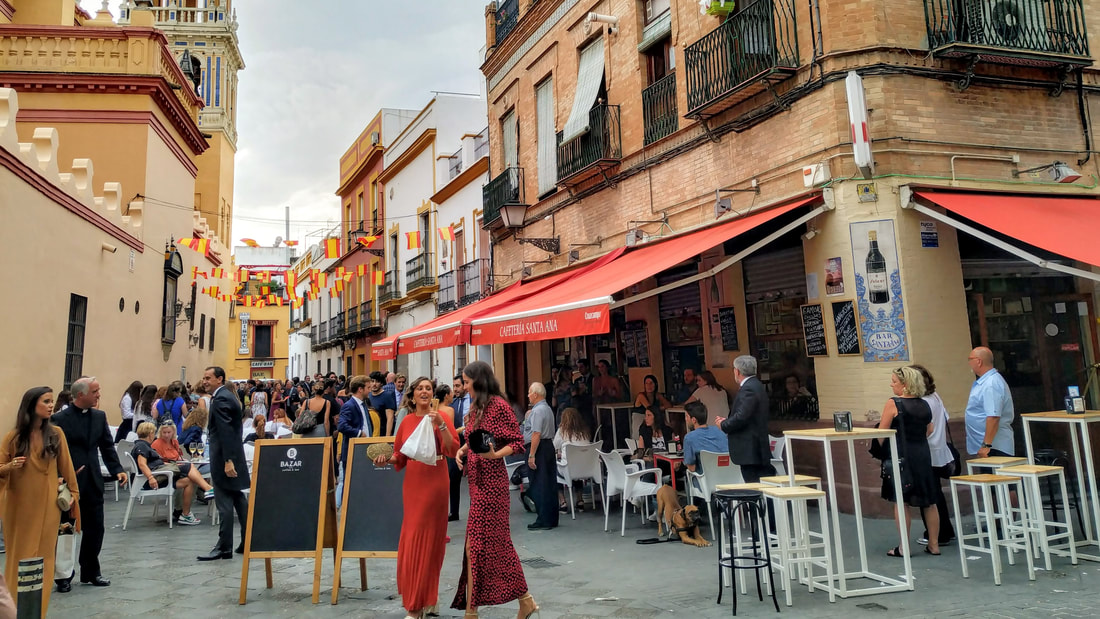
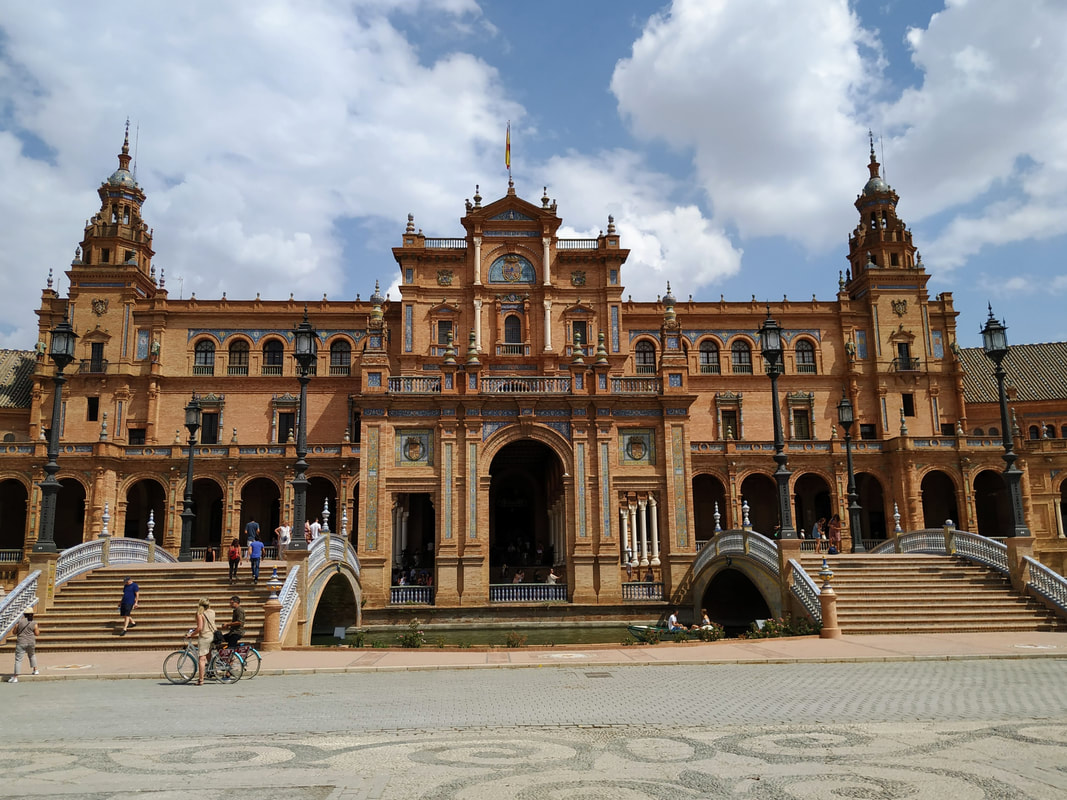
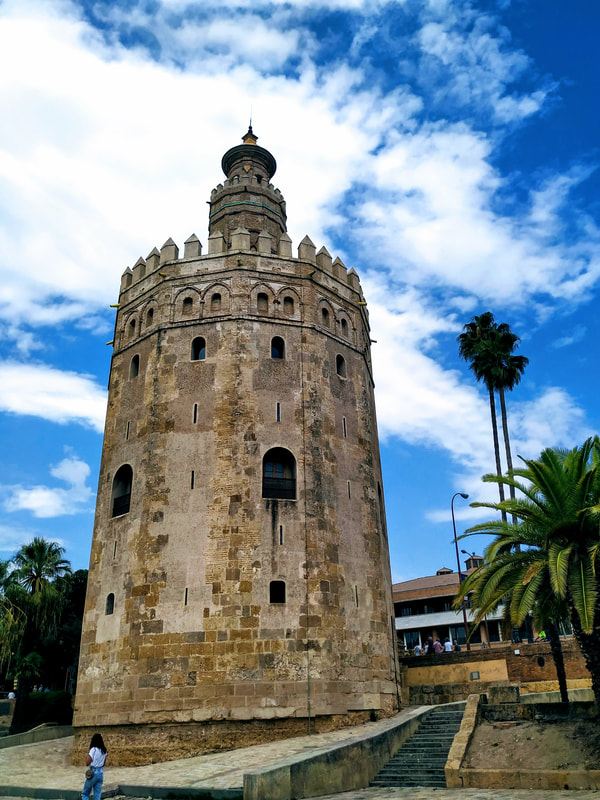
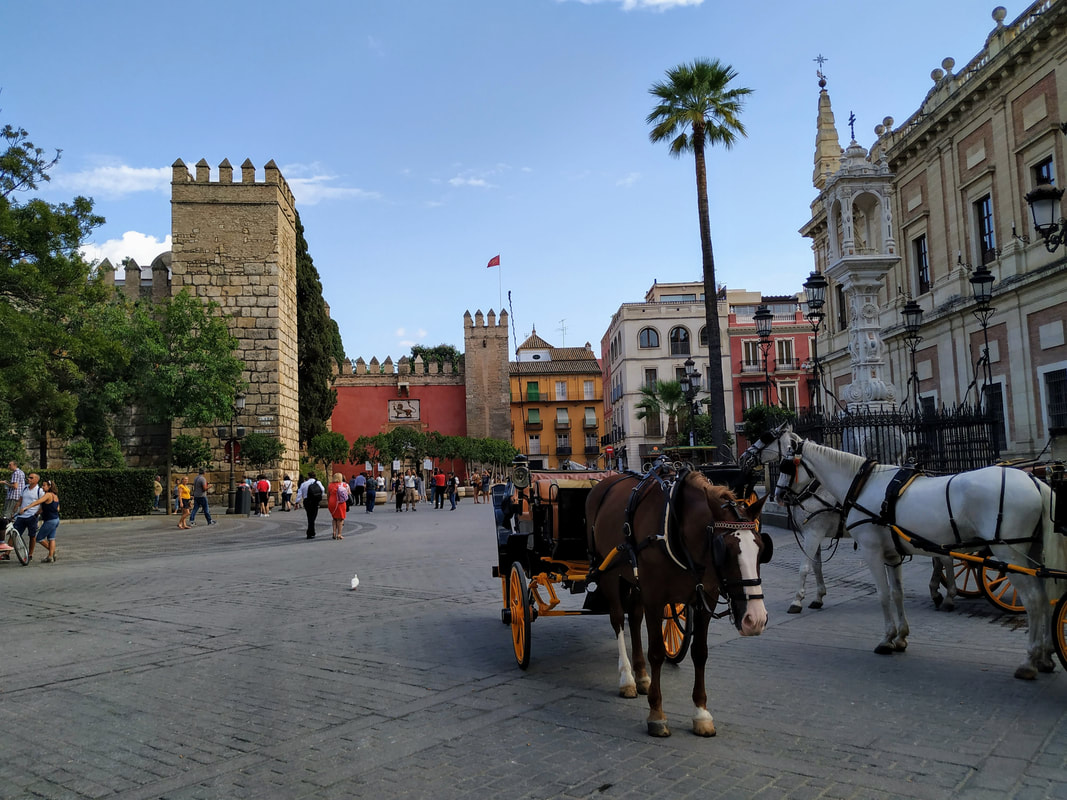
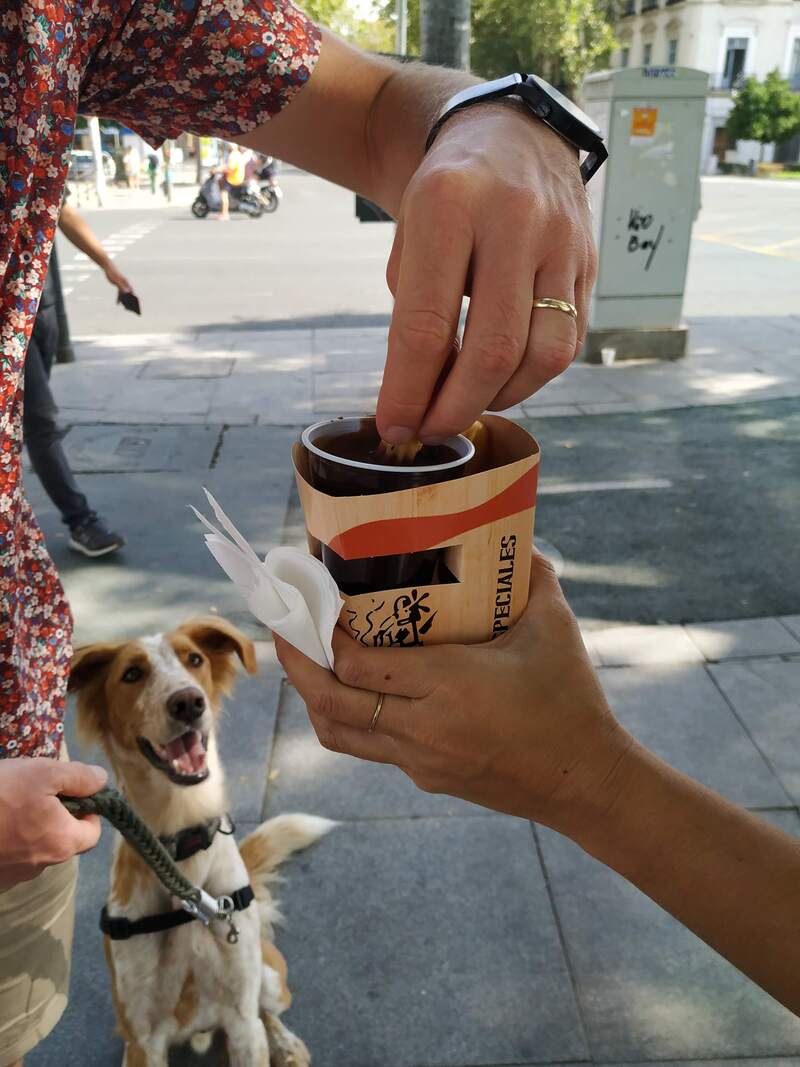
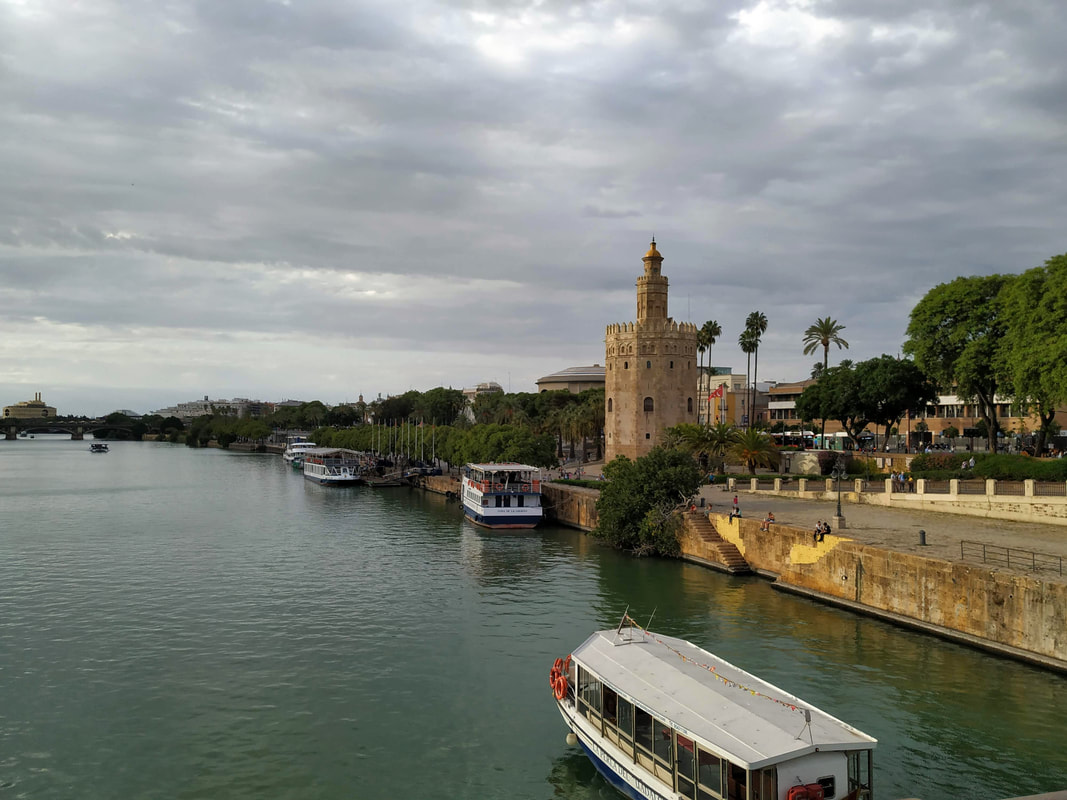

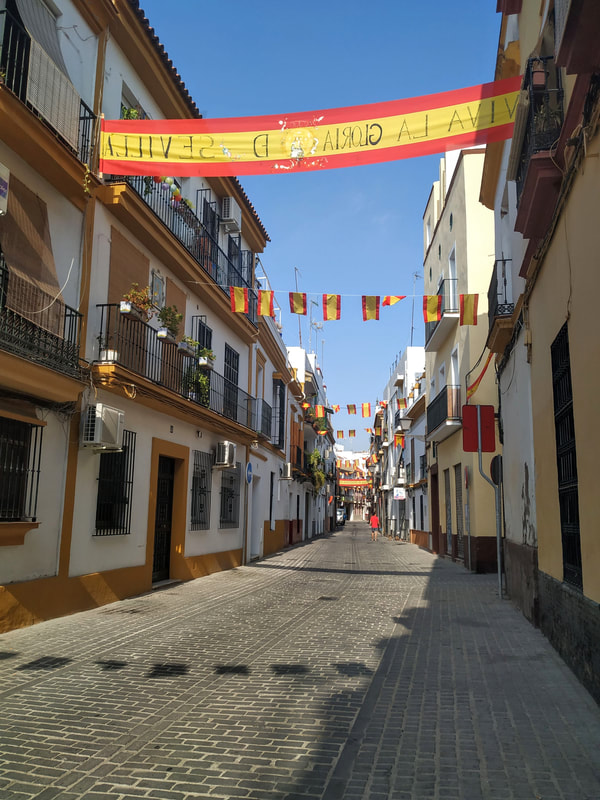
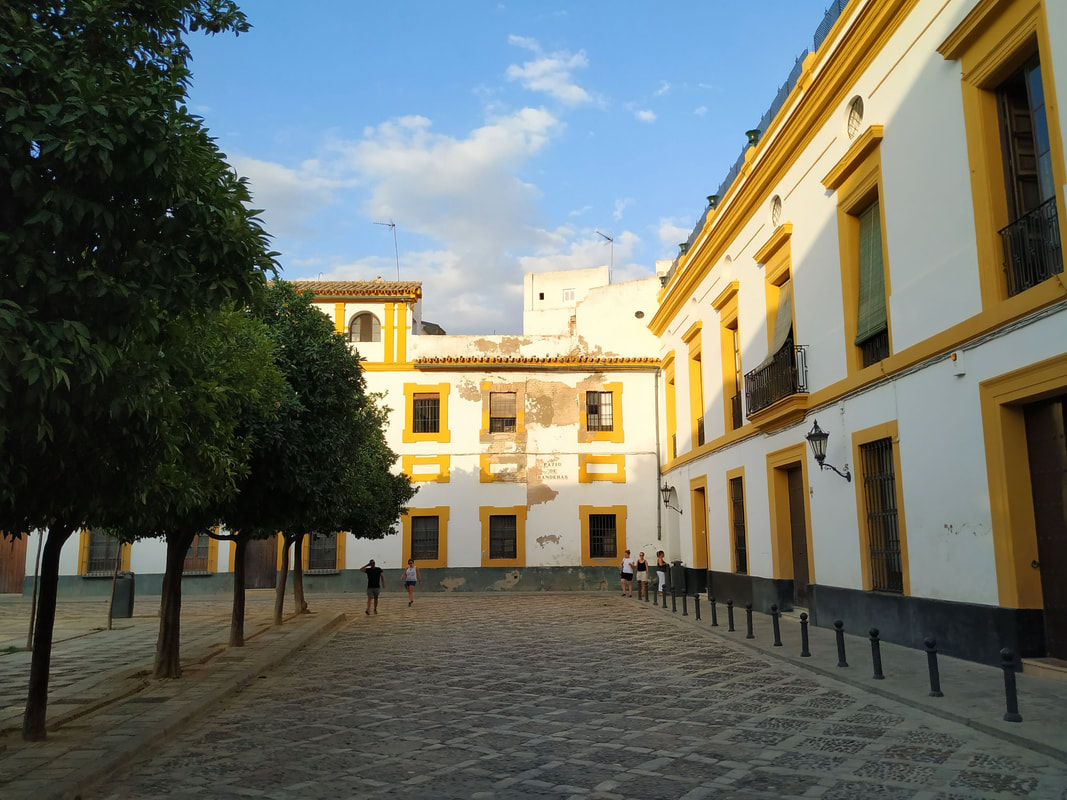
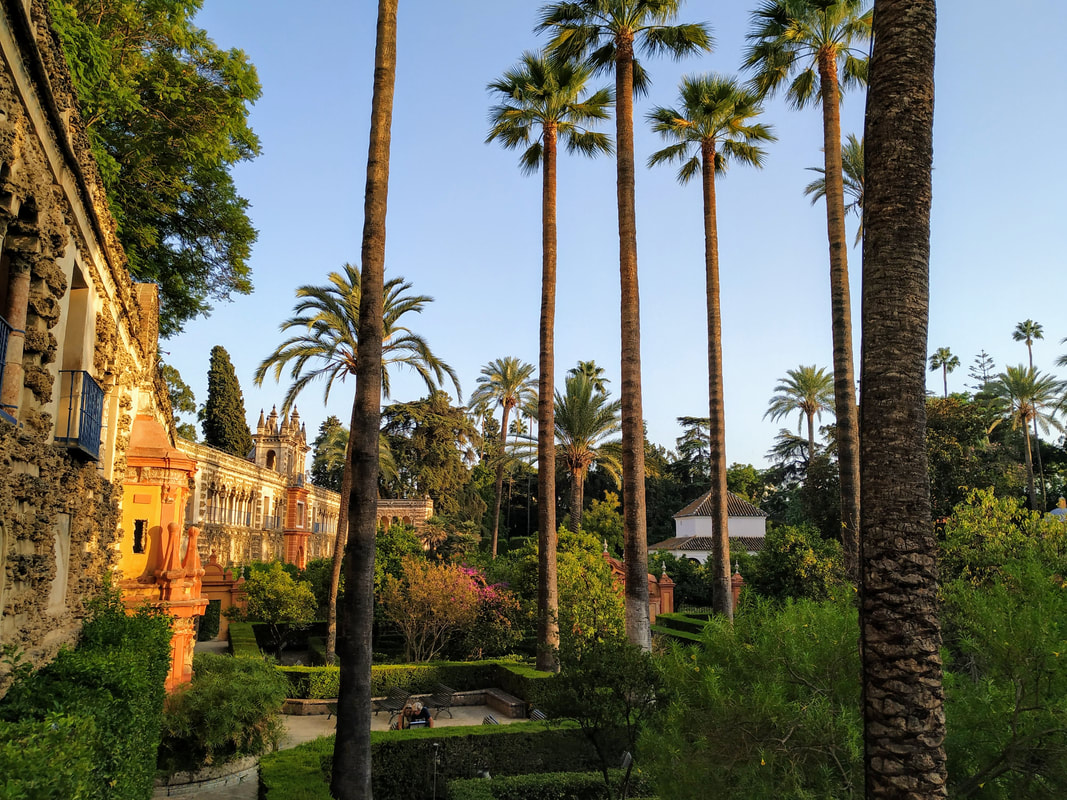
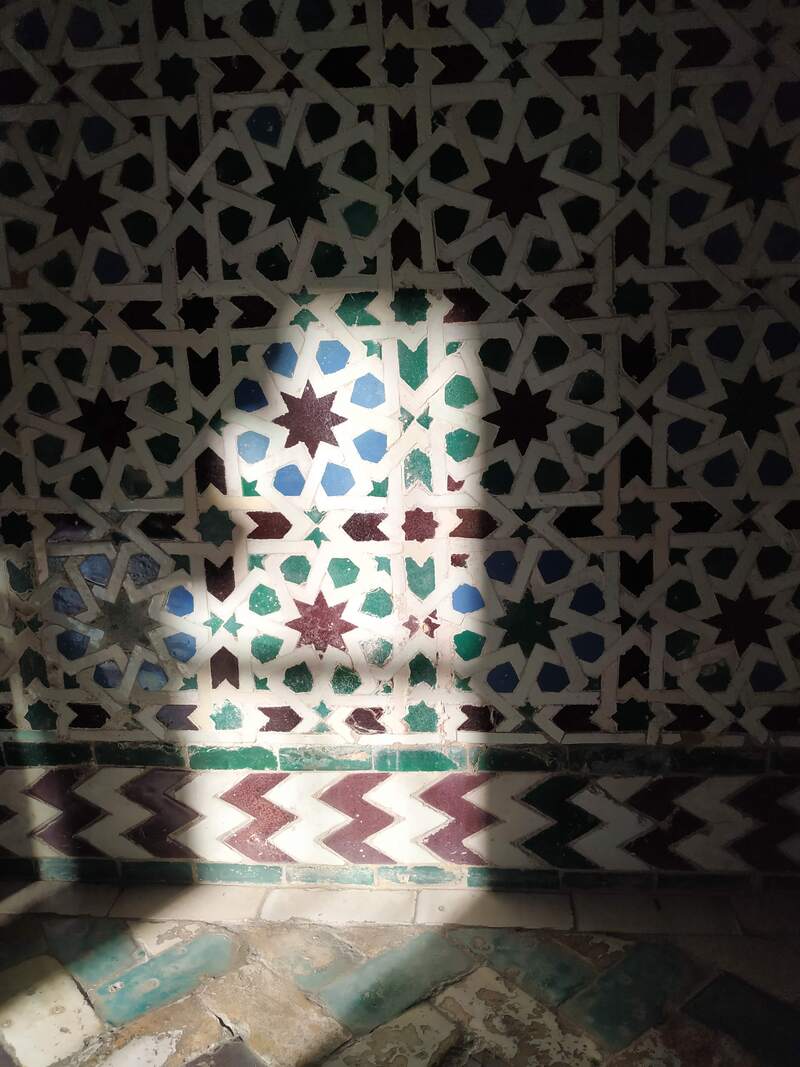
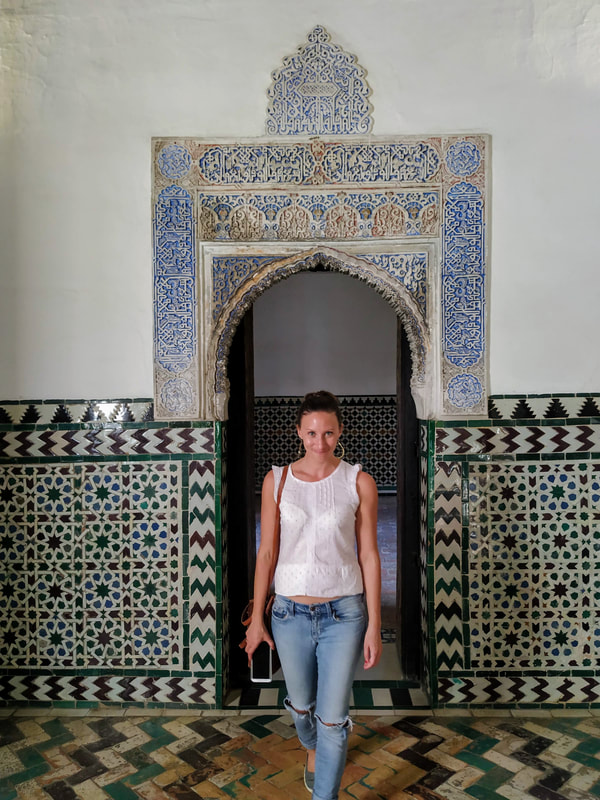
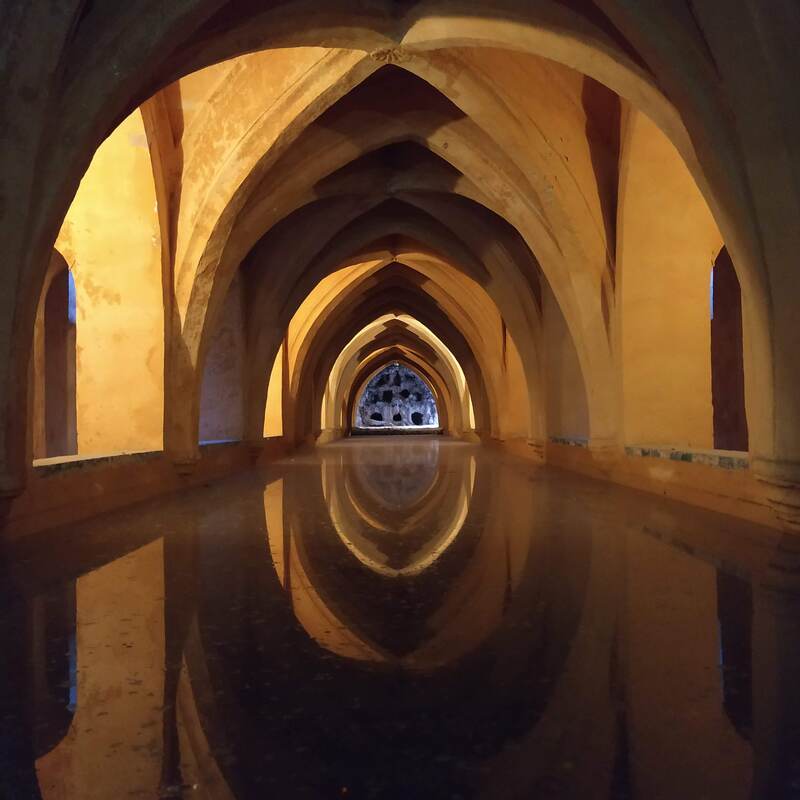
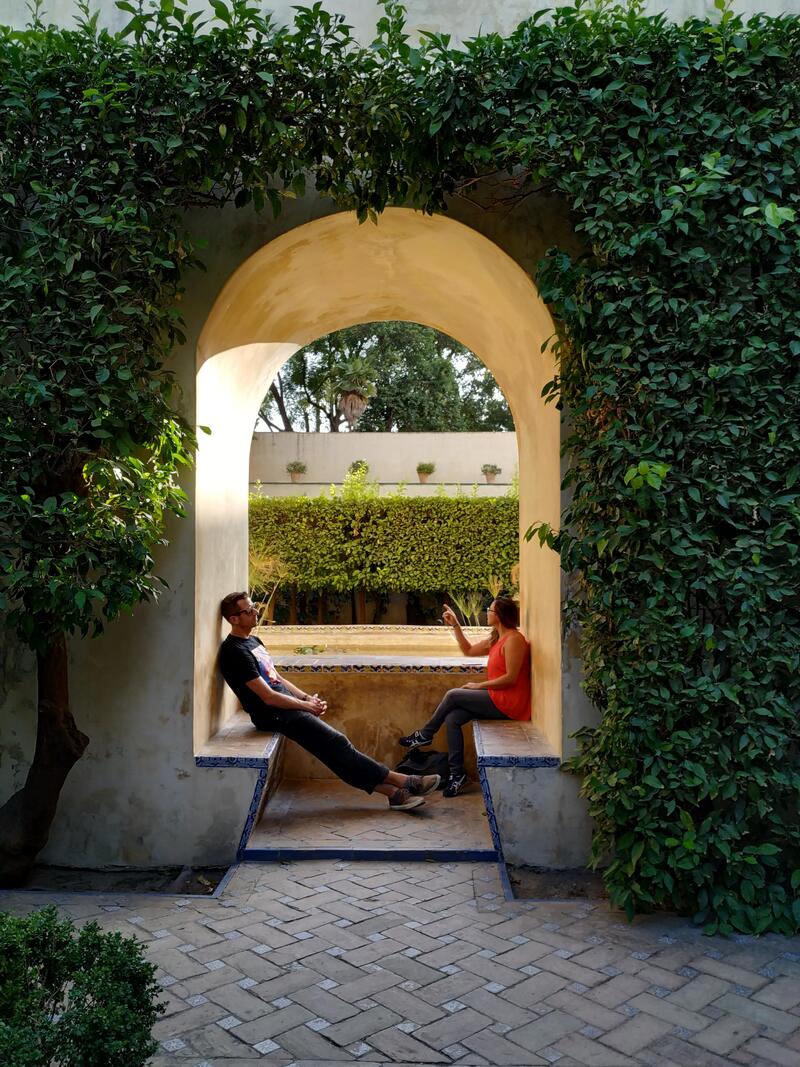
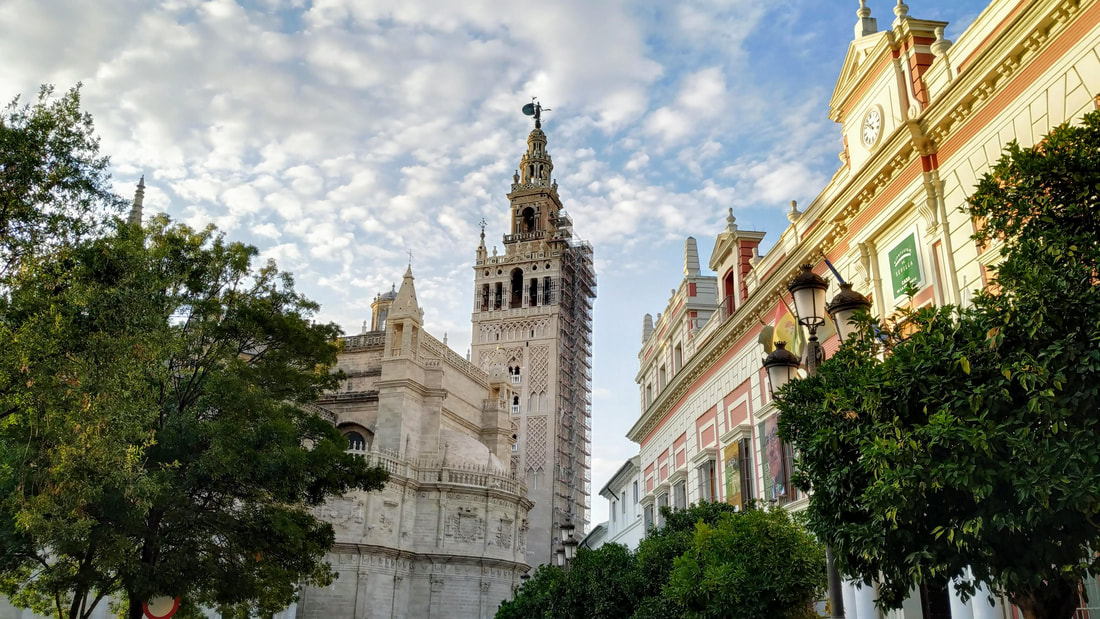
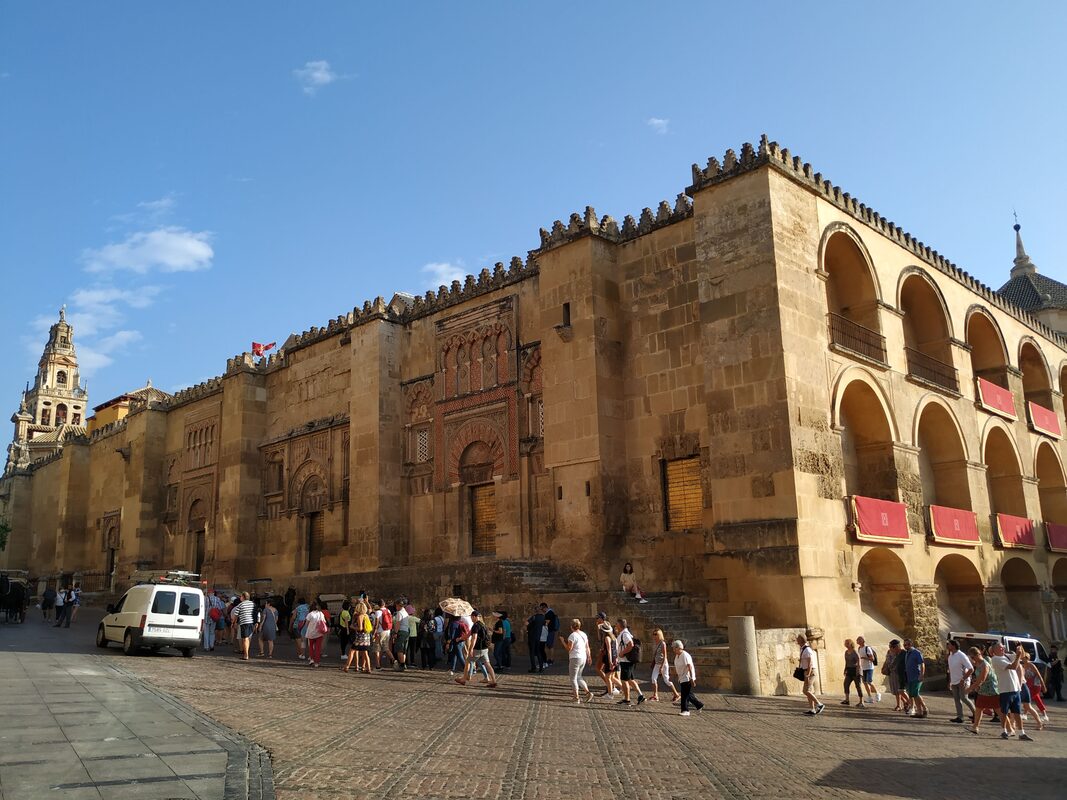
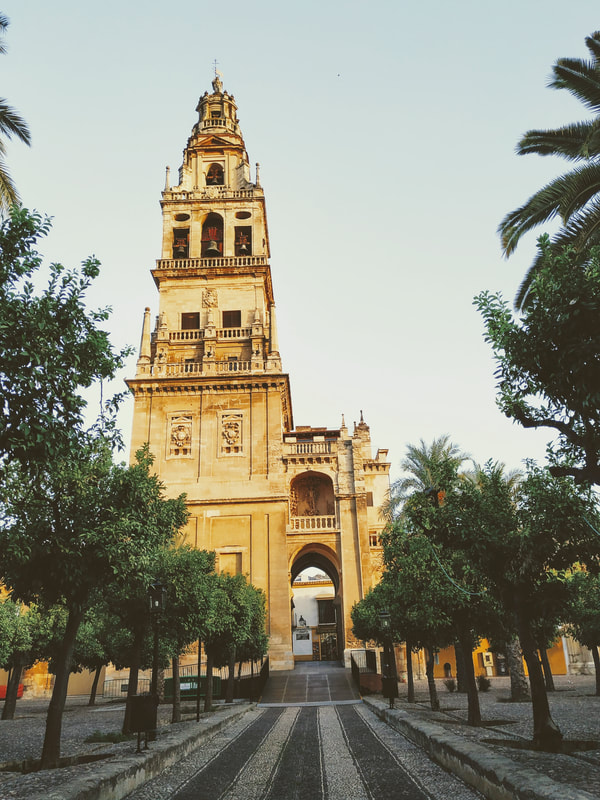
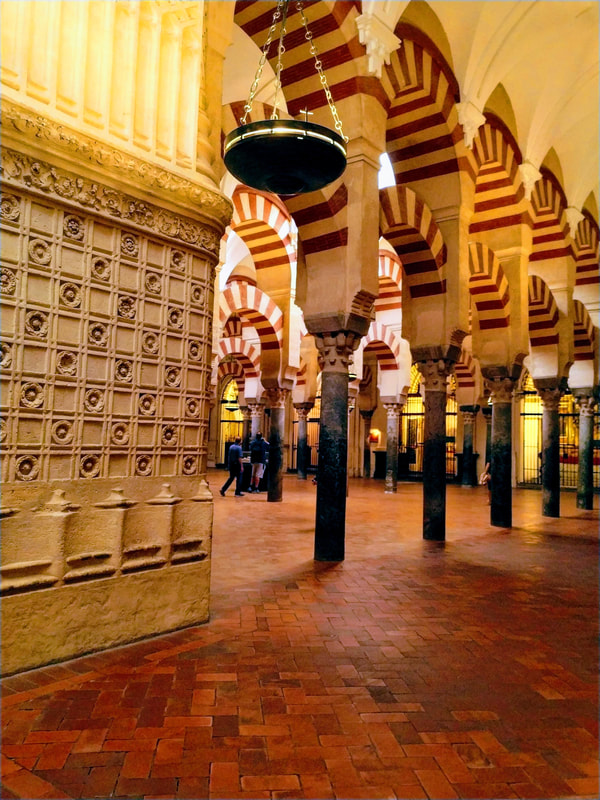
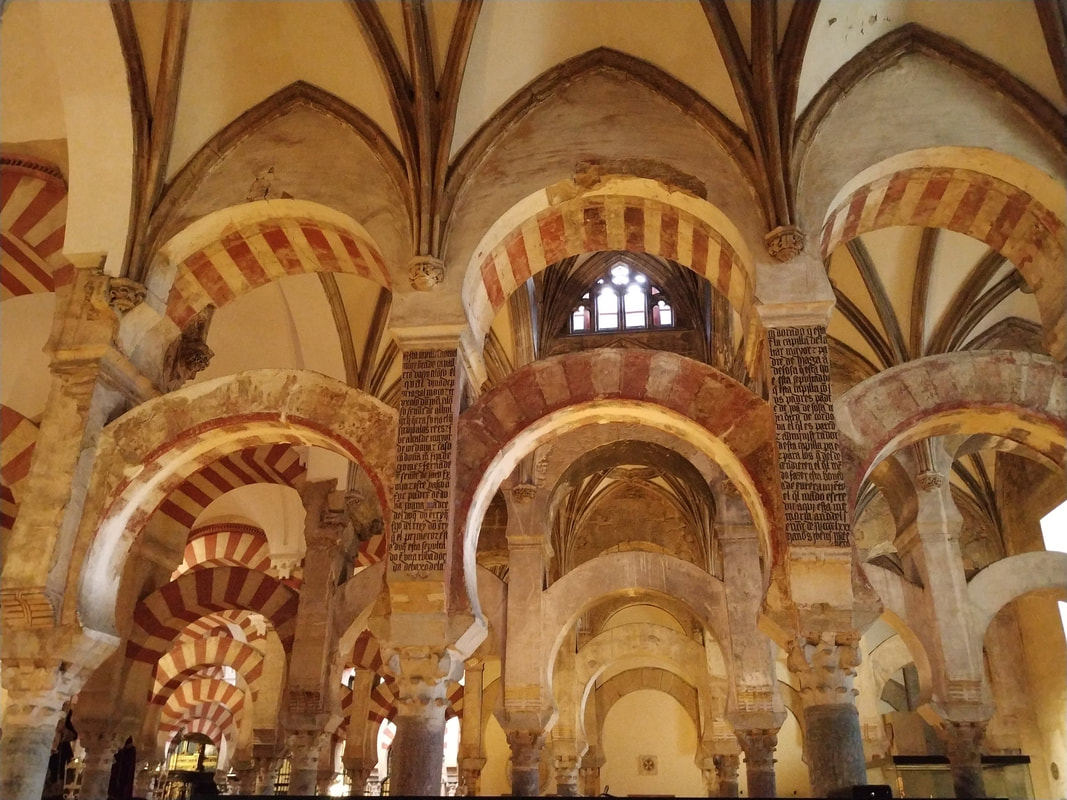
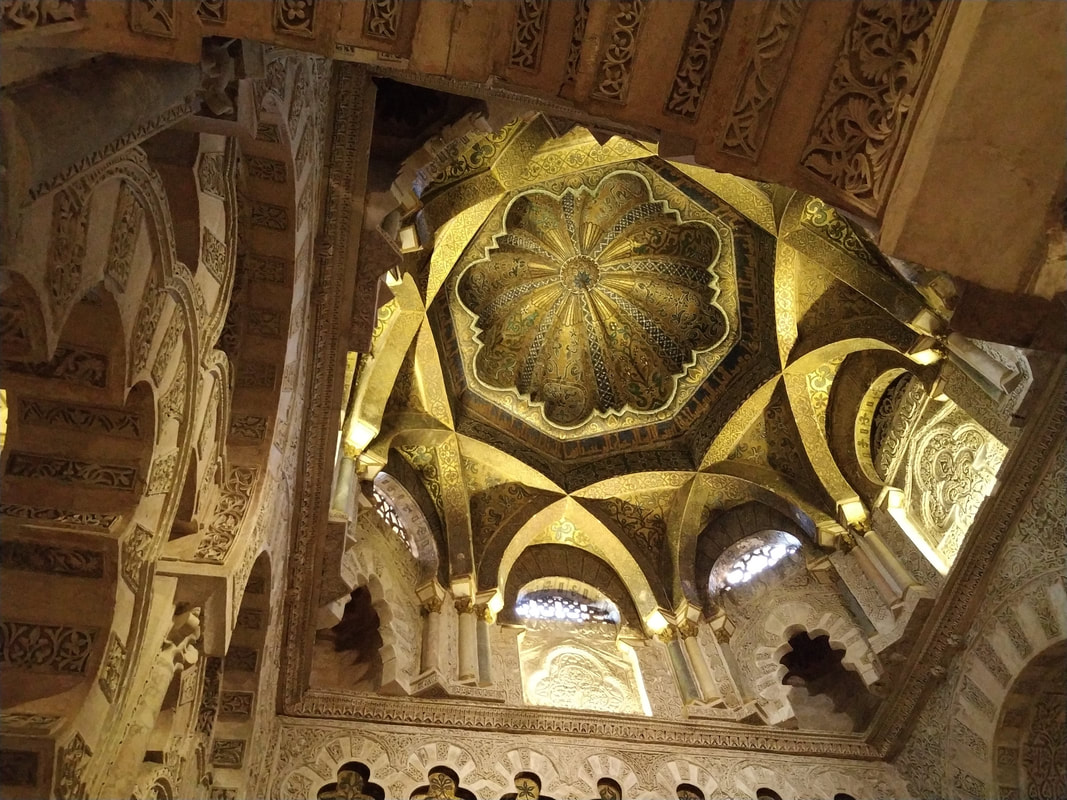
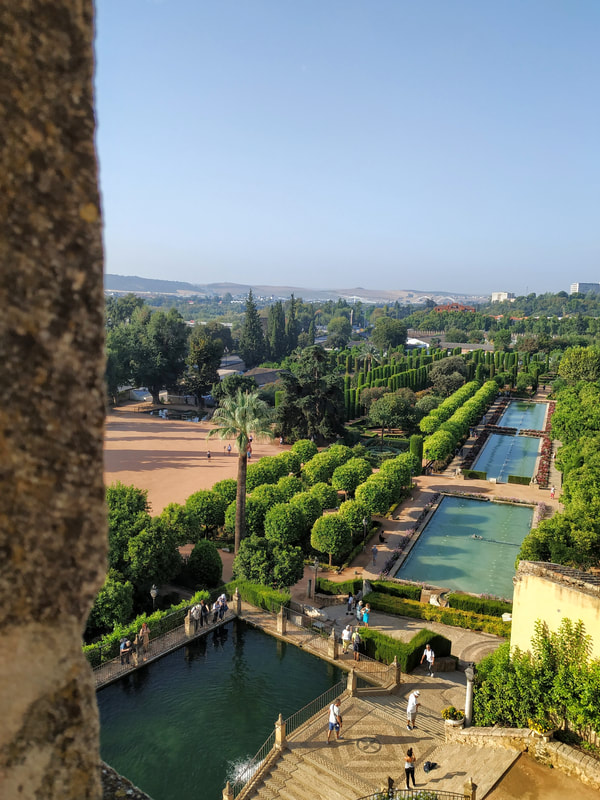
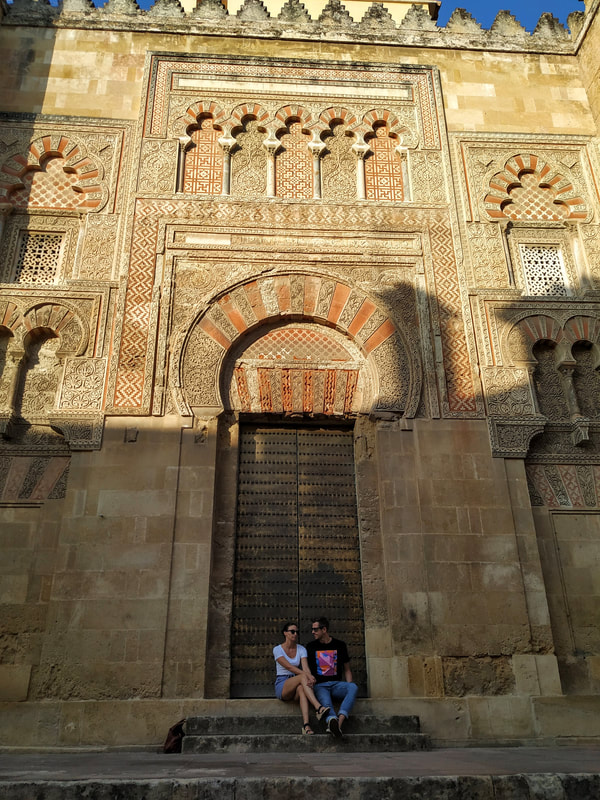
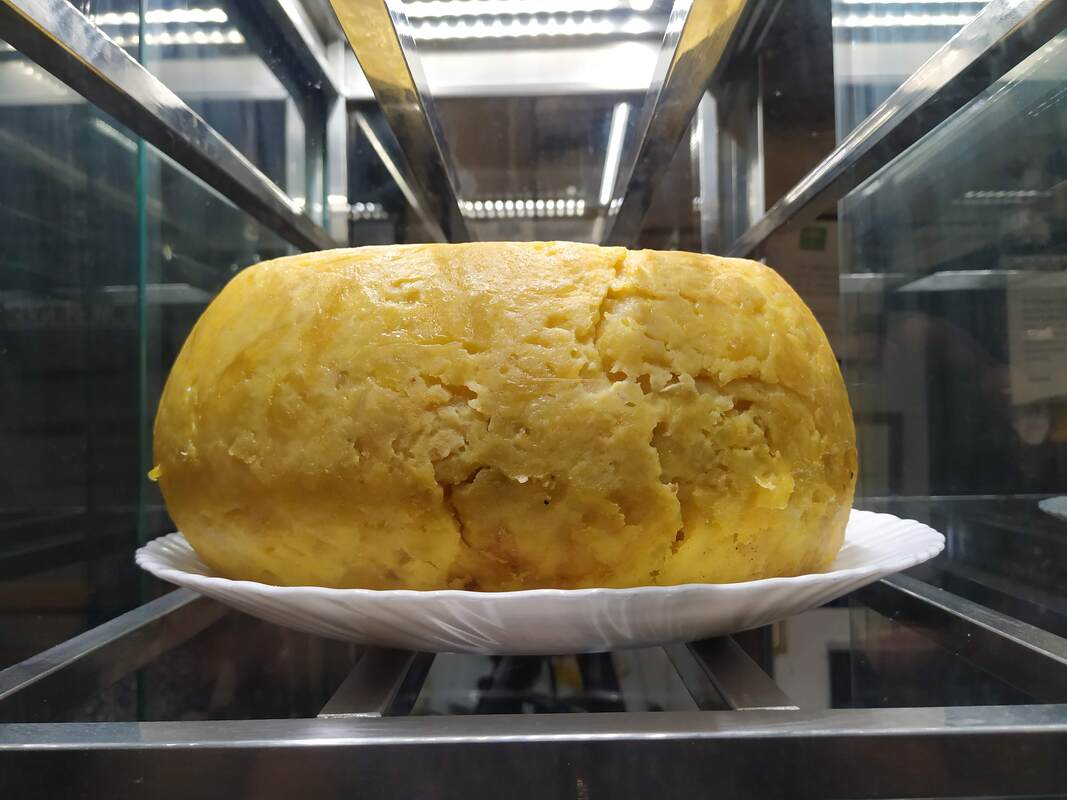
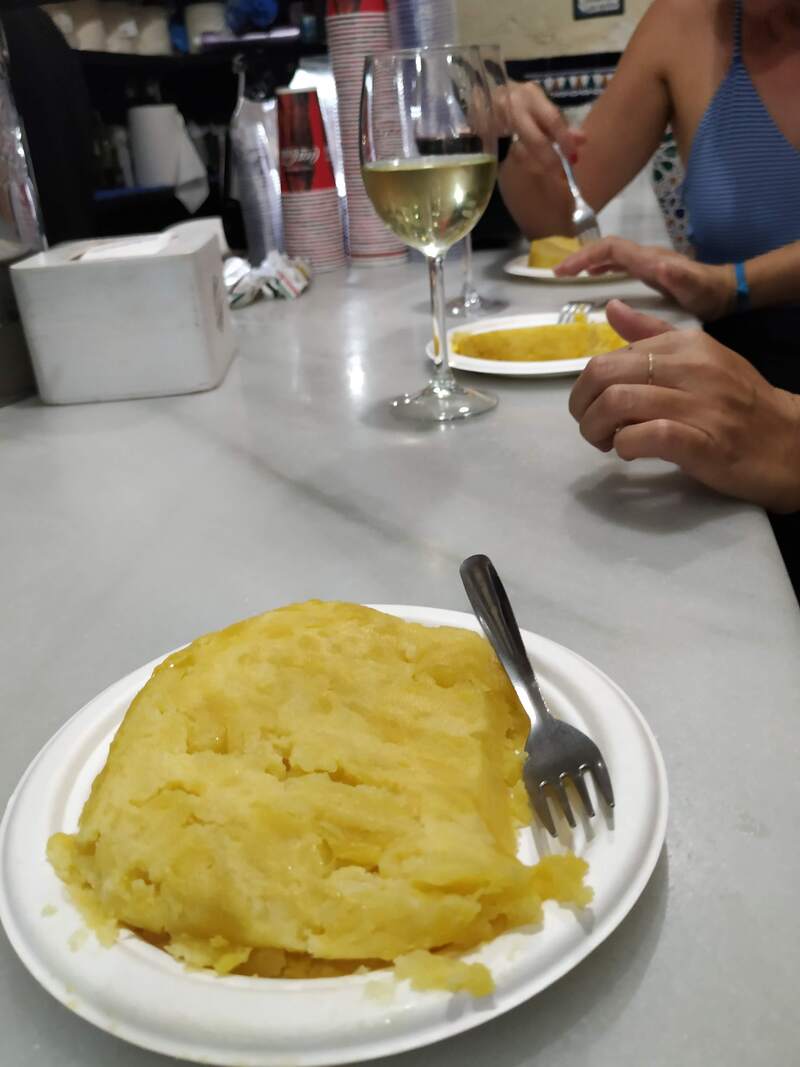
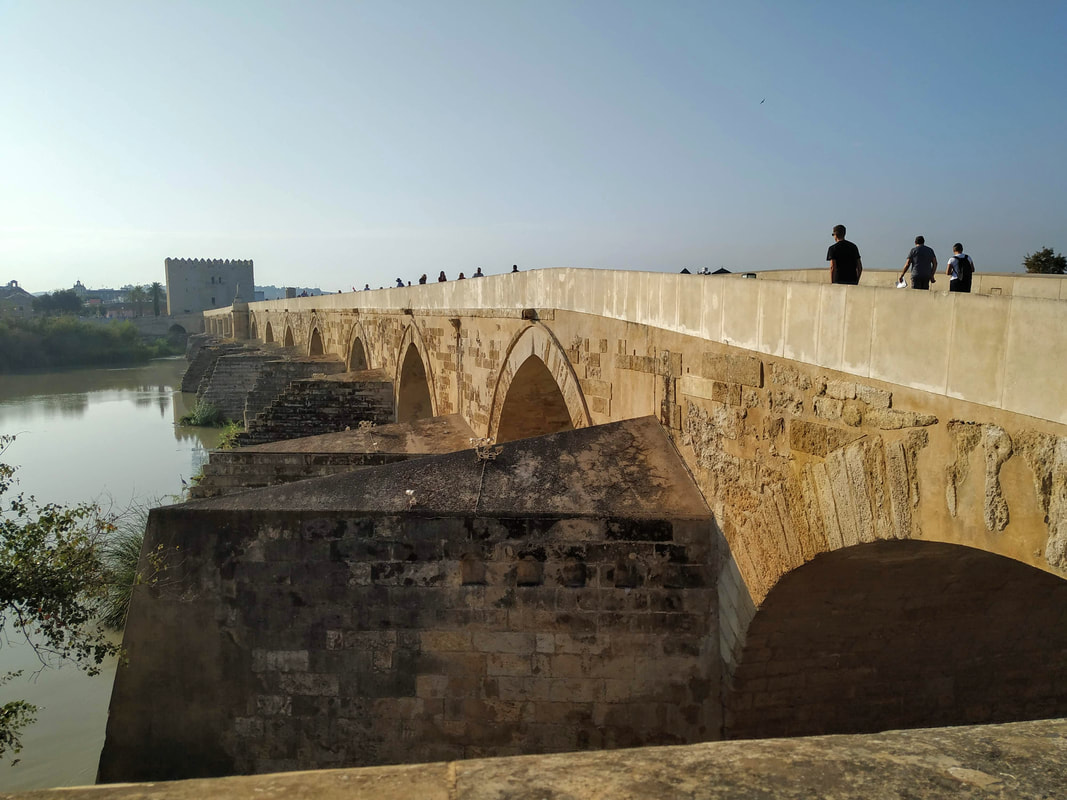
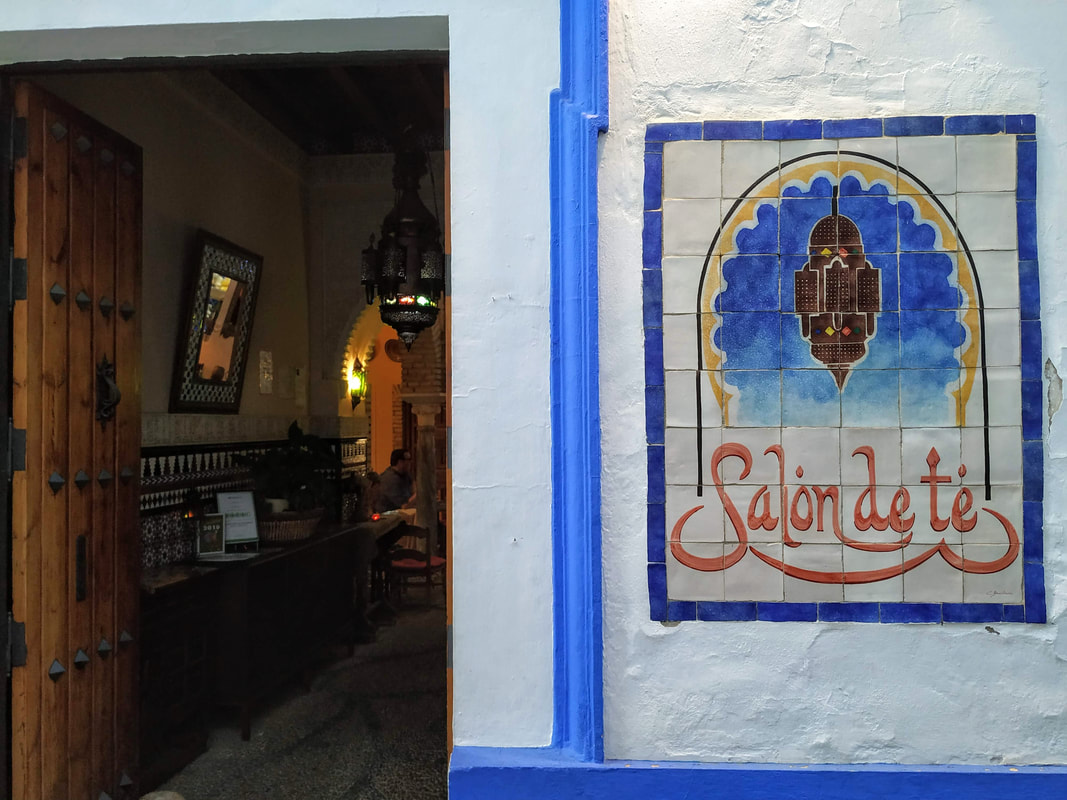
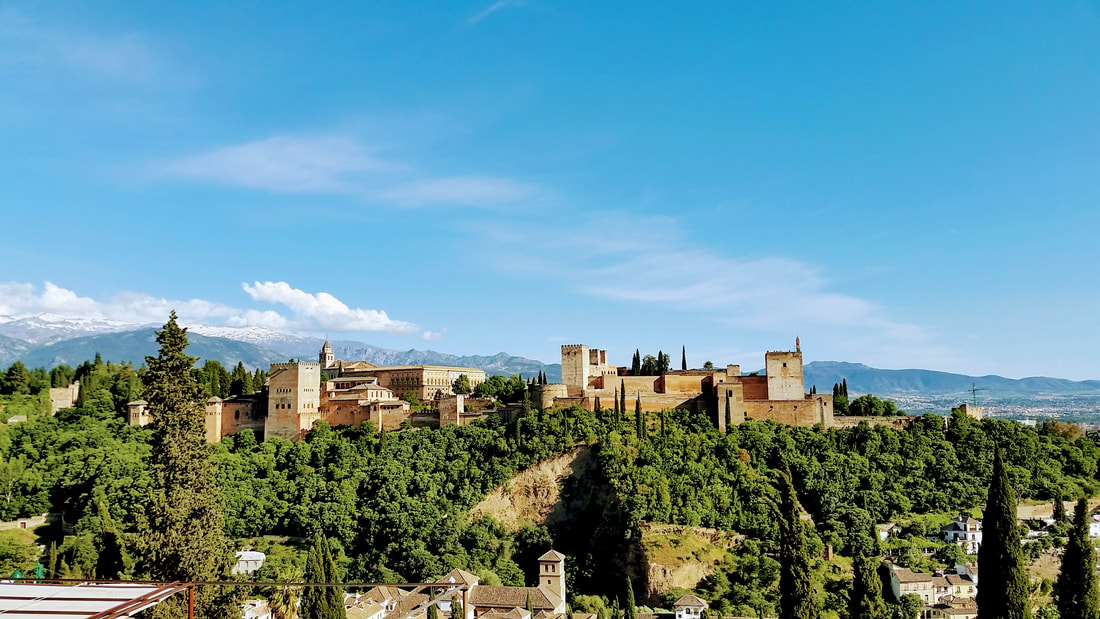
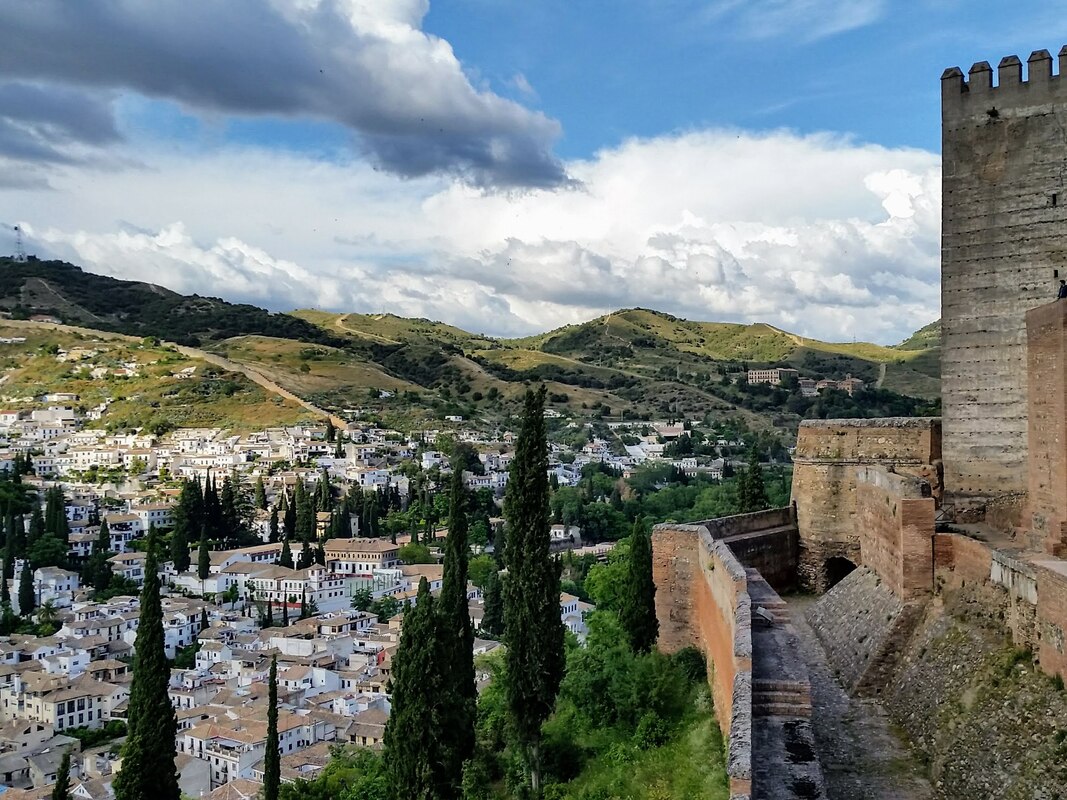
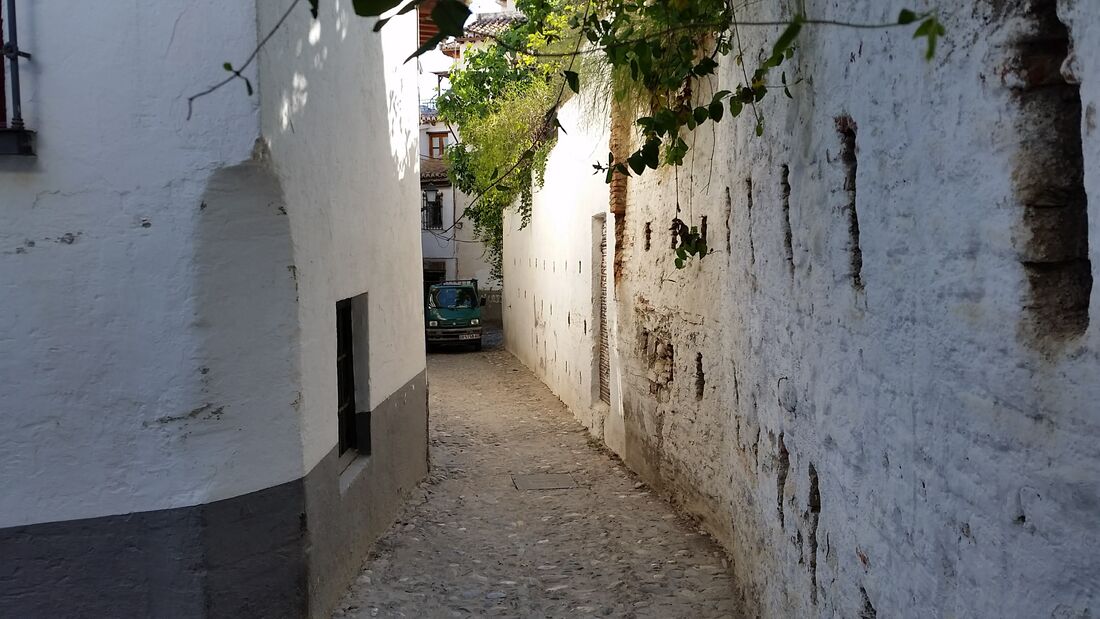
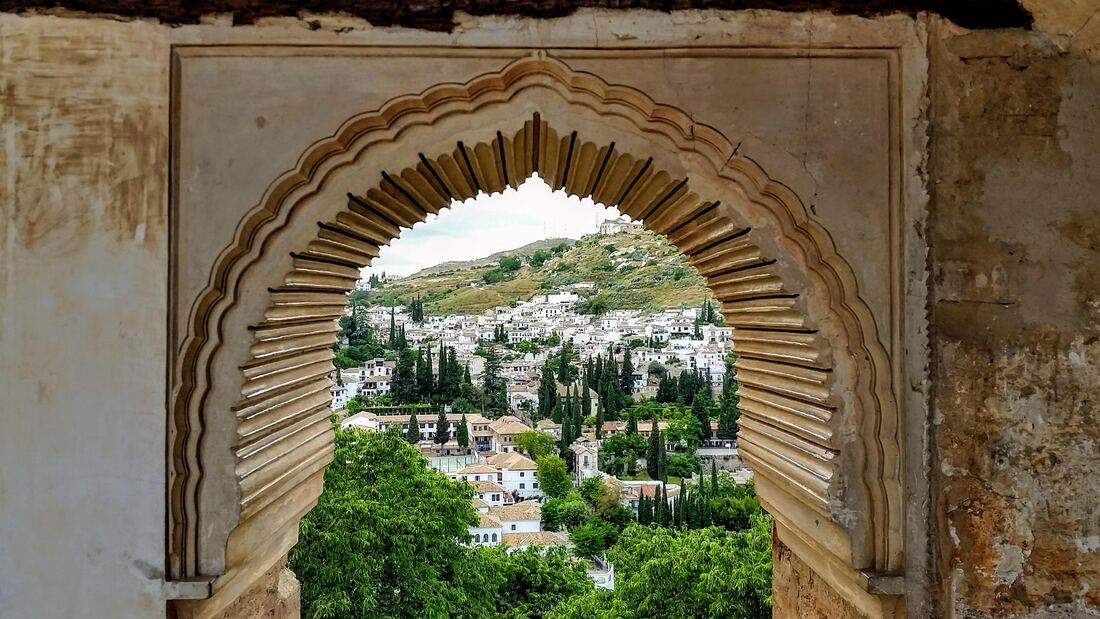
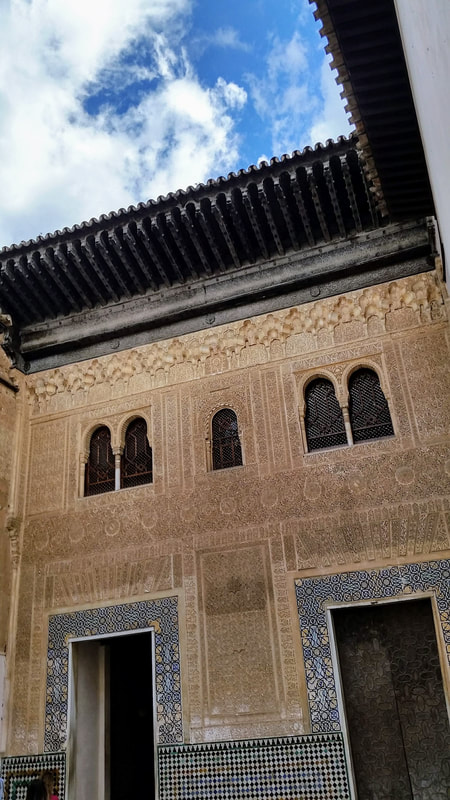
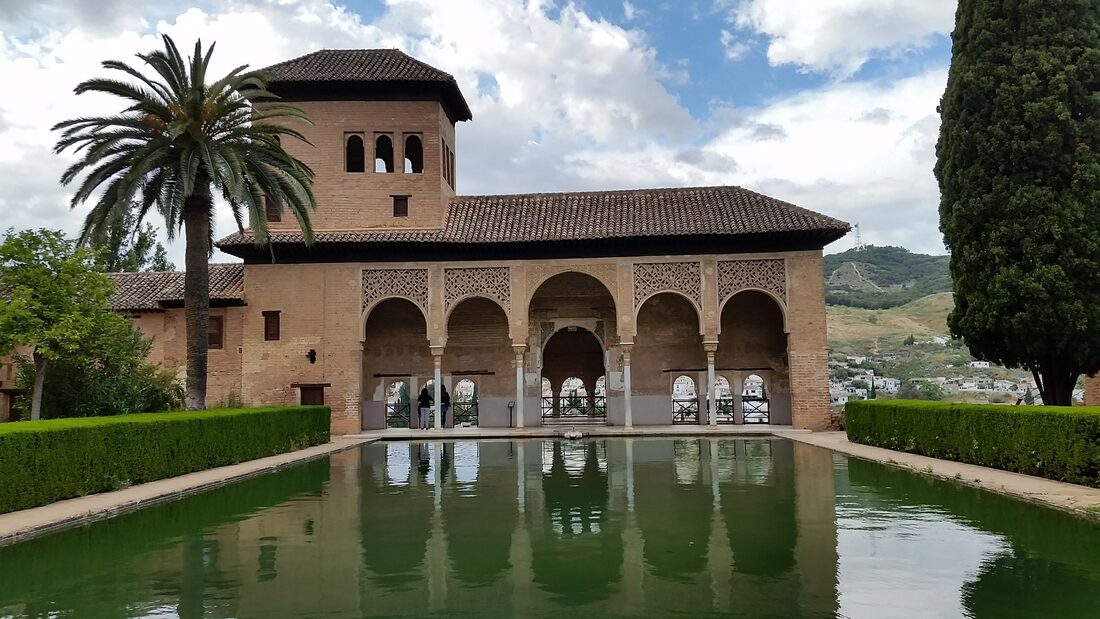
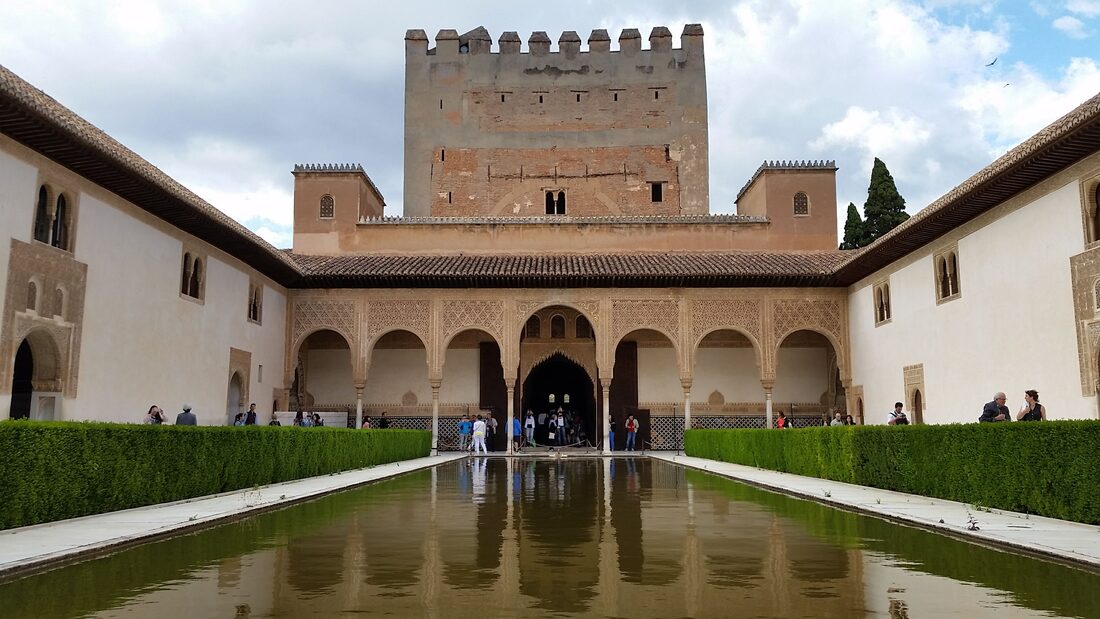
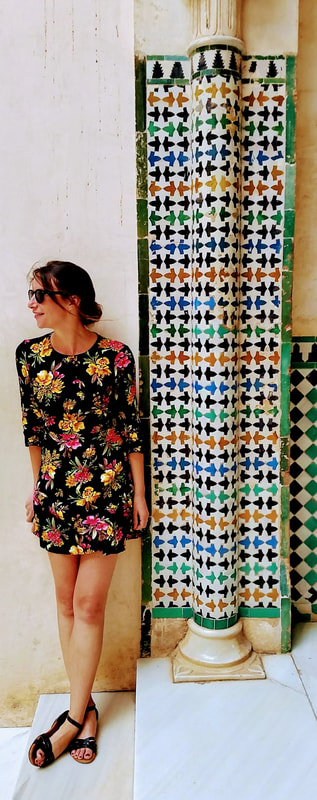
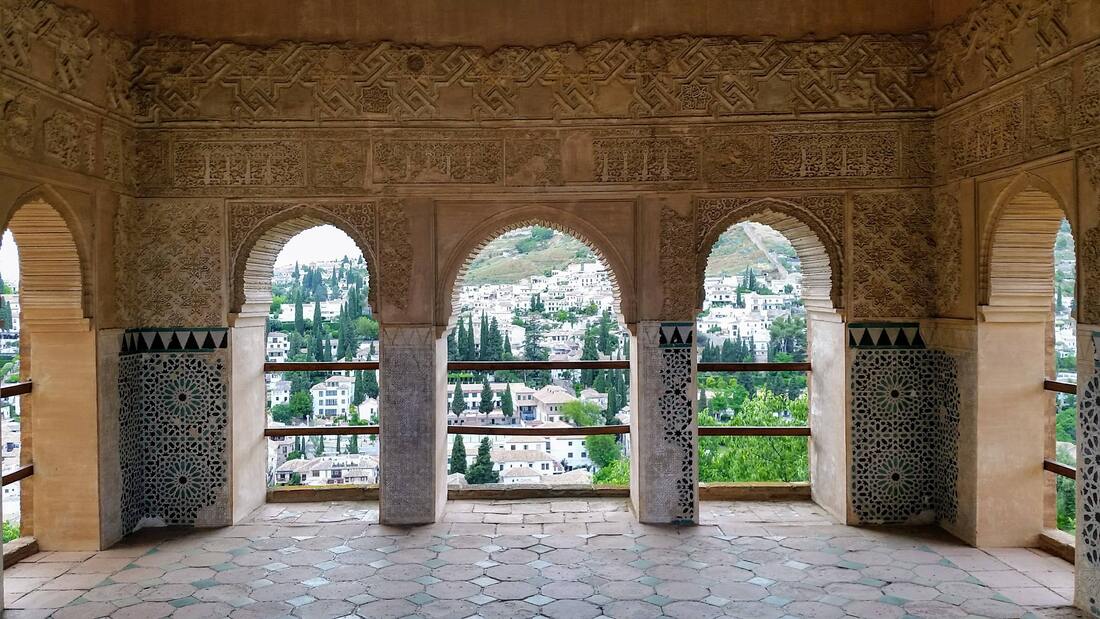
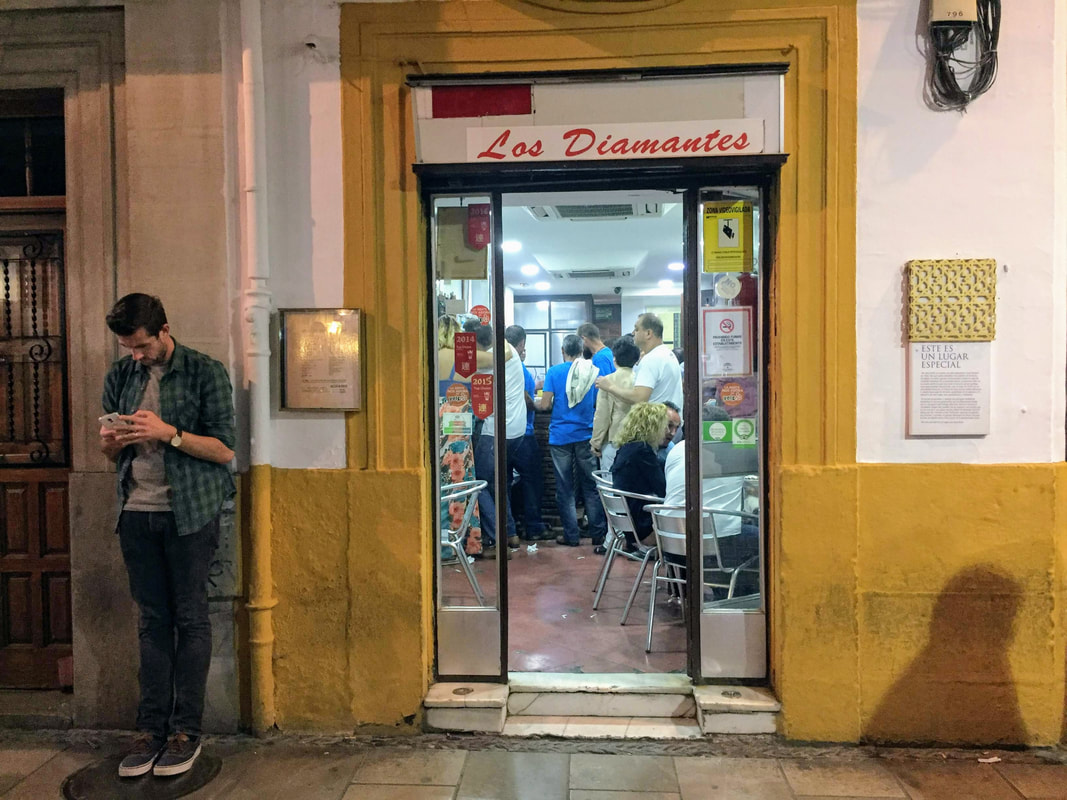
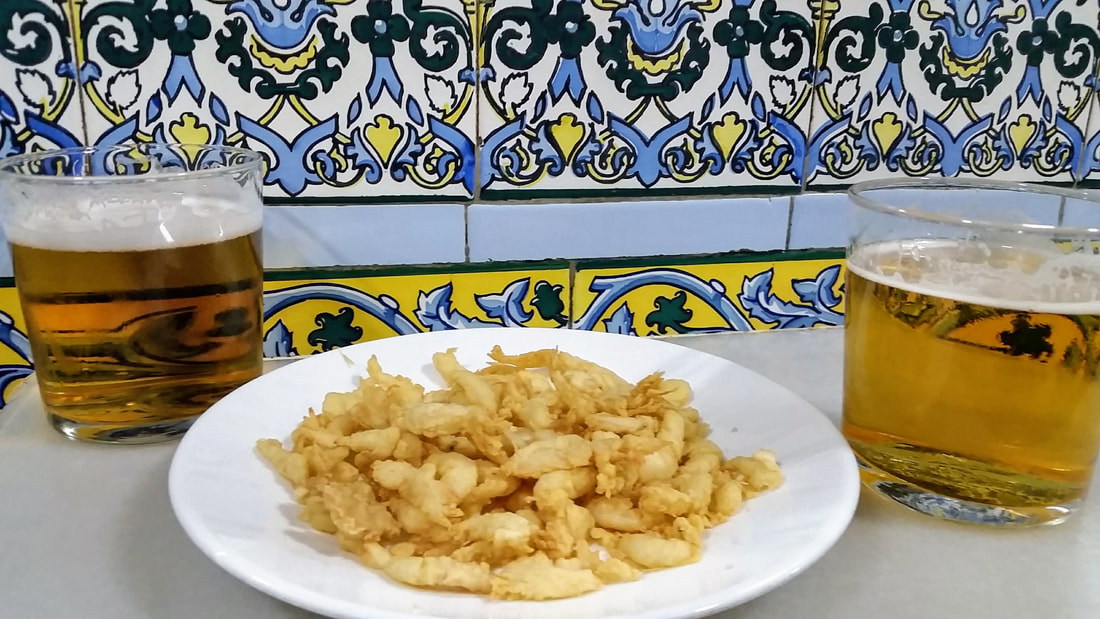
 RSS Feed
RSS Feed
